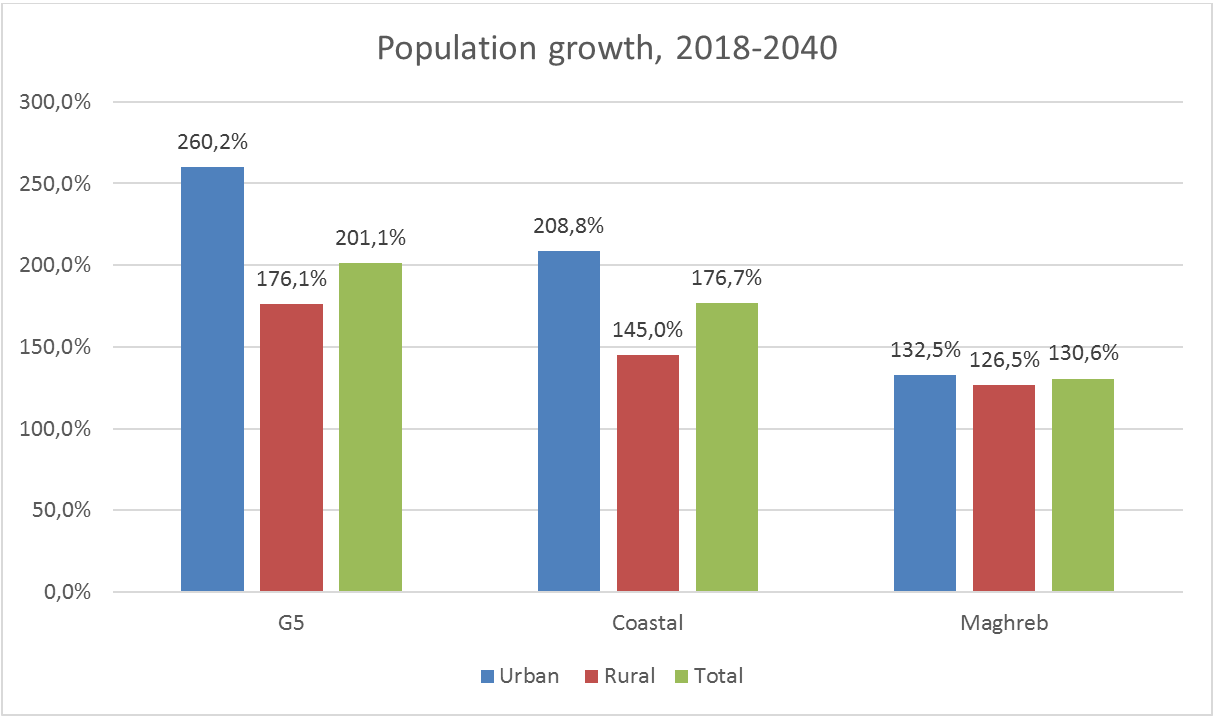Population Increase – Environment Notes – For W.B.C.S. Examination.
জনসংখ্যা বৃদ্ধি – পরিবেশ নোট – WBCS পরীক্ষা।
In the absence of the effects of crowding, all populations have an immense capacity to increase. This capacity may be expressed as an exponential growth rate, which describes the growth of a population in terms of its relative, or percentage, rate of increase, like continuously compounded interest on a bank account. The constant r is often referred to as the Malthusian parameter. For a population growing at an exponential rate, the number of individuals (N) in a population at time t is N(t) = (0)ert where N(0) is the number of individuals at time 0.Continue Reading Population Increase – Environment Notes – For W.B.C.S. Examination.
Accordingly, the increase in a single time unit is er, which is the constant factor by which the population increases during each time period. The rate of increase in the number of individuals is then given by dN/dt = rN. The doubling time in years of a population growing exponentially is t2 = (ln 2)/r, or roughly 0.69/r.
Estimated exponential annual growth rates of unrestrained populations range from low values of 0.077 for sheep in Tasmania and 0.091 for Northern elephant seals, to perhaps 1.0 for a pheasant population, 24 for the field vole, 1010 for flour beetles in laboratory cultures and 1030 for the water flea Daphnia. Human populations are at the lower end of this range, but a realistic exponential growth rate of 0.03 (or slightly above 3% per year) for some human populations is equivalent to a doubling time of about 23 years and a roughly thousand-fold increase in 230 years. Clearly, no population can maintain such a growth rate for long. (Expansion at the estimated annualized rates just cited for the field vole, flour beetle, and water flea is necessarily utterly fleeting.)
The exponential growth rate of a population can be calculated from the schedule of fecundity at age x (bx) and survival to age l) in a population. These “life table” variables are related to population growth rate by the Euler, or characteristic, equation,
whose solution requires matrix methods. When the life table is unchanging for a long period, a population assumes a stable age distribution, which is also an intrinsic property of the life table, and a constant exponential rate of growth. Thus, assuming constant birth and death rates, the growth trajectory of a population may be projected into the future. However, because populations are finite and births and deaths are random events, the expected size of a population in the future has a statistical distribution that may include a finite probability of 0 individuals, that is, extinction. As a general rule, the probability of extinction decreases with increasing population size and increasing excess of births over deaths.
Please subscribe here to get all future updates on this post/page/category/website


 Toll Free 1800 572 9282
Toll Free 1800 572 9282  mailus@wbcsmadeeasy.in
mailus@wbcsmadeeasy.in



















































































































